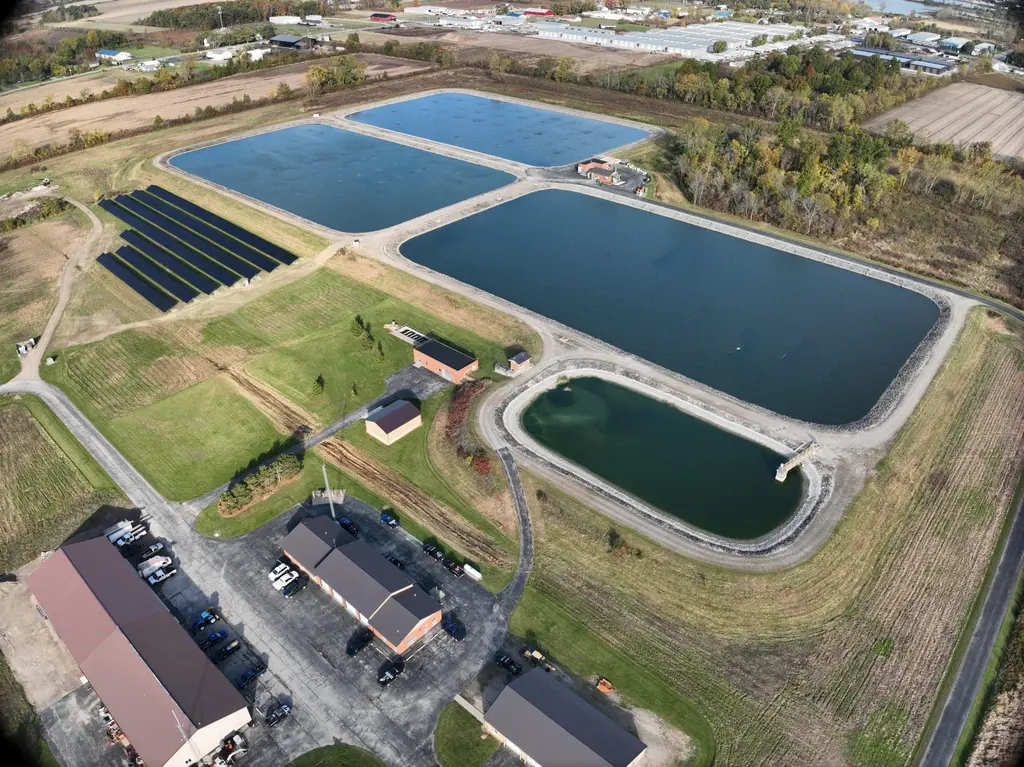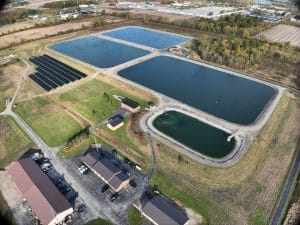from USA Today, June 8, 2014
The $100 billion solar power industry is gaining a lot of attention both globally and domestically, attracting high-profile investment from Wall Street giants such as Apple, Google and Warren Buffett’s Berkshire Hathaway.
The United States is the world’s third-largest solar market, right behind China and Japan, and it’s growing rapidly not just because of private investment, but also because of the Obama Administration’s efforts to make progress against global climate change.
One of the most desirable locations for building domestic solar facilities is in the Mojave Desert—25,000 square miles of sun-baked terrain spanning southeastern California, plus portions of Nevada, Arizona and Utah. It’s no surprise that some of the world’s most sophisticated solar plants are popping up there, showcasing the latest developments in the industry.
One notable, completed project is called Ivanpah, a partnership between NRG and BrightSource, which broke ground about three years ago. The $2.2 billion project was able to get up and running thanks in part to $1.6 billion in government loans, plus Google’s 20% investment.
Ivanpah showcases what the industry calls “solar thermal” technology. Simply put, it uses mirrors to heat water and create power through three towers, each 450 feet tall, or about 150 feet taller than the Statue of Liberty. The plant sits on 3,600 acres—roughly four times the size of New York’s Central Park — and it uses 347,000 mirrors to generate enough power to operate about 140,000 homes. By itself, it currently generates a little less than 30% of California’s commercial solar energy.
While Ivanpah is renowned for power generation, it also is touted for its environmental accomplishments.
“From an environmental perspective, this is just a really great story,” said Tom Doyle, president of NRG Renewables. “We’re taking 400,000 tons of carbon out of the atmosphere by using this solar thermal technology in lieu of a conventional fossil fuel technology. So to put that in perspective, that’s like taking 72,000 cars off the road.”
Ivanpah and solar facilities like it also create a significant number of jobs.
“During construction, we had over 2,600 employees here…going forward we’re going to have 65 people in management and operations,” Doyle said. “Over the life of the project, we’re going to generate almost $650 million in salary and wages.”
But how long will it take before projects such as Ivanpah are generating power on a mass scale?
“I think for projects utilizing this technology to really hit the market in a large way, it will take a couple of years. Ivanpah just started commercial operation…but there are a lot of really interesting markets that are opening up in Saudi Arabia, India and Africa where this type of concentrated solar thermal is going to make a lot of sense,” Doyle said.
Companies like NRG that are focusing on solar are not putting their eggs in one basket, he said. Diversification is key.
“NRG is the largest solar company in the U.S., but we don’t just focus on one technology. We also have the two largest photovoltaic projects in the state of California, and we’re really starting to get into a high-growth distributed solar market,” Doyle said. “We’re currently building eight projects for the NFL — you see some really interesting customers when you get into that distributed solar space.”
Another set of photovoltaic facilities making headlines are the Solar Star Projects developed by SunPower and acquired by MidAmerican Solar for roughly $2 billion. Berkshire Hathaway’s energy unit owns MidAmerican Solar’s parent, MidAmerican Renewables, which is working on a basket of different solar projects.
Photovoltaic technology has become more popular recently as the cost of solar panels has decreased; total industry costs have declined 50% in the last five years. PV technology is very simple.
“We have solar cells that automatically convert sunlight directly into electricity… that electricity is then taken over to distribution lines, then is pumped into a substation onto high voltage transmission and then used in the broader community,” said Howard Wenger, president of Regions for SunPower.
The Solar Star projects are similar in size to Ivanpah — 3,200 acres — but they are a work in progress, to be completed toward the latter end of 2015. Last week, Solar Star installed its one millionth panel. The EPA recently estimated that Solar Star could reduce carbon emissions to the equivalent of taking 2 million cars off the roads over 20 years.
“Solar Star is the world’s largest solar photovoltaic power plant being constructed. We’ve installed about 170 megawatts of a total 579 megawatts and that’s enough to power a city the size of El Paso or Rochester, NY,” Wenger said.
Although Solar Star is a privately funded project, Wenger says the EPA’s release of draft rules to cut carbon emissions in the U.S. by 30% by 2030 increases the relevance of renewable energy sources like solar technology.
Challenges ahead
However, there are some challenges within the industry, infrastructure is one. “The great concern is that the generation that is being built can’t get to the markets where it is needed or demanded by the renewable portfolio standards, so there is a problem getting the transmission built associated with solar to get it to those marketplaces,” said Jason Hutt, Partner at Bracewell Giuliani.
Hutt also points out that it will take a significant amount of time before the use of solar power is common enough to make a pervasive impact.
“I’m not aware of an estimate of when solar takes over as an industry, but I think it’s fair to say we’re a long way away,” Hutt said. “If Congress and the Administration want to see the type of build they’ve seen in solar so far, they’re going to have to continue to subsidize that because the technology just isn’t yet in a place where it can compete without it.”










